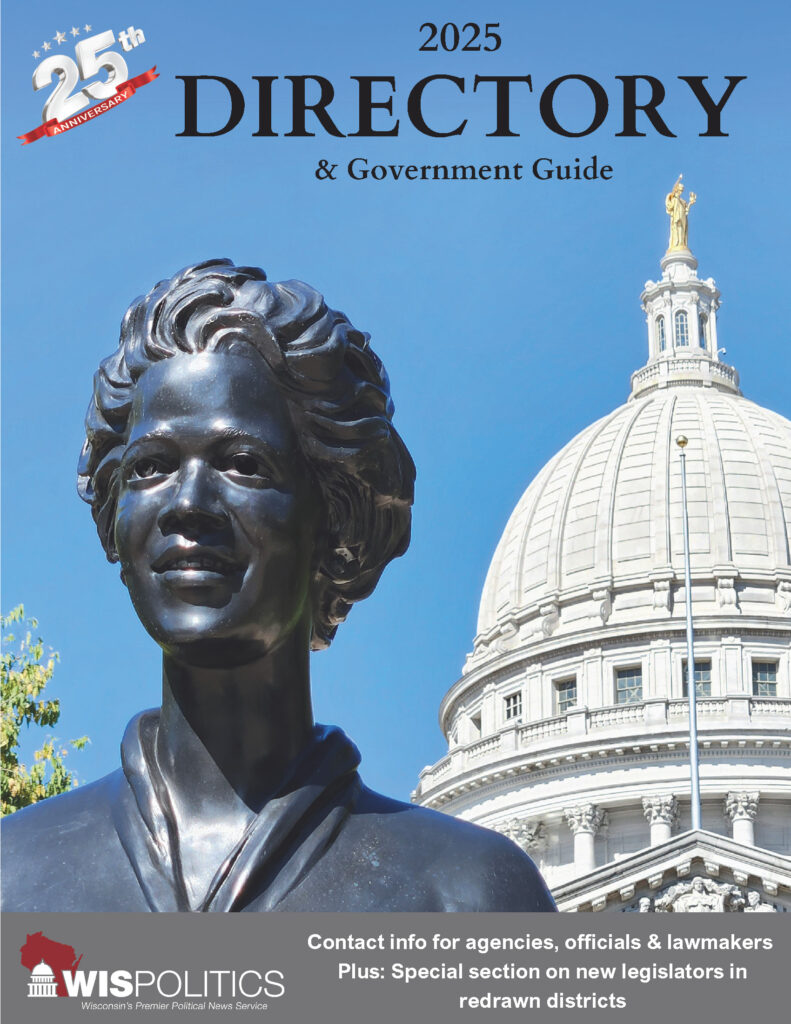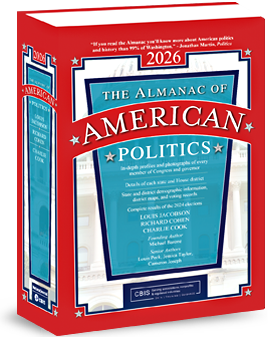The column below reflects the views of the author, and these opinions are neither endorsed nor supported by WisOpinion.com.
Writing a weekly column is always a snapshot in time. Things can and do happen to advance the story. Here are a few examples tied to my recent “Inside Wisconsin” columns:
Busy business plan writers: In a column dated Jan. 2, I described how past entrants in the Wisconsin Governor’s Business Plan Contest have compiled a track record for success that exceeds what might be expected in the general population of startups. A fresh crop is out to keep that streak going.
Of the 153 plans submitted by Jan. 31 in this year’s contest, 52 have been selected by a panel of more than 70 judges to advance to the next phase. While it’s no surprise the state’s two largest cities – Milwaukee and Madison – generate the lion’s share of semi-finalists, 25 of the 52 hail from other communities. Examples are Appleton, Coon Valley, Eagle, Janesville, Kohler, Muskego, Neenah, Oshkosh, Rhinelander, Waupaca and Whitewater.
>> WisPolitics is now on the State Affairs network. Get custom keyword notifications, bill tracking and all WisPolitics content. Get the app or access via desktop.
These second-phase plans range from novel metal separation technologies to turning dairy waste into sugars; from PFAS filtration for municipal water systems to new medical tests, treatments and devices; to artificial intelligence solutions for a variety of uses. At stake is at least $120,000 in prizes from the Wisconsin Economic Development Corp. and others.
Early stage investing gap gets attention: A column dated Jan. 23 examined the state of venture capital investments in Wisconsin, which lag what’s happening in neighboring states. It was framed by an analysis from U.S. News & World Report comparing venture capital to the gross domestic products of all 50 states. Wisconsin ranked 40th. Nearby states ranked between 14th and 38th were Missouri, Minnesota, Illinois, Michigan, Ohio, Indiana and Iowa.
Part of the solution is producing more investment-worthy startups, which is why the statewide business plan contest and other strategies exist. The bigger concern, however, is putting more dollars to work in growing such young companies.
A February survey by the Tech Council revealed that state-based investors see two funding “gaps” in Wisconsin – deals under $500,000 and investments in the $1 million to $5 million range.
The second category is sometimes described as the “missing middle” between checks written most often by angel investors and larger investments by venture capital firms once a company gets market traction.
With state policymakers set to launch a debate on the 2025-27 biennial budget, several ideas for priming the pump are circulating. They will be aired Feb. 25 during a Tech Council luncheon In Madison featuring Shayna Hetzel of WEDC, John Neis of Venture Investors and Mike Thorson of Inventure Capital and Wisconsin Investment Partners.
A “beautiful word” spells unease for some businesses: President Trump has called tariffs “the most beautiful word in the dictionary,” although some economists and business leaders fear such surcharges on foreign-made goods will lead to ugly retaliation.
My Jan. 16 column predicted that business owners in Wisconsin were more worried about the effect of tariffs on their supply chains in Canada and Mexico than their sources in China. That has turned out to be the case, as a poll by Wisconsin Manufacturers and Commerce illustrated.
Eighty-six percent supported tariffs on China, according to a survey of 153 employers by WMC, but only 44 percent back tariffs on Mexico and Canada. Those numbers might dip again as the latest round of tariffs on steel and aluminum imports begin to bite.
Company still “SHINE-ing” bright: My column dated Feb. 6 examined the work of Janesville-based SHINE Technologies, which is employing nuclear fusion to fight cancer, inspect industrial components and more as it moves down the road toward energy production.
Another example of SHINE’s work advanced a week later when it was selected to receive funding from the U.S. Department of Energy’s Advanced Research Projects Agency to reduce the mass, volume and effective “half-life” of spent fuel from commercial nuclear fission reactors.
As company founder Greg Piefer told me, fusion as a stand-alone energy source may still be many years away, but it can help to make nuclear fission much safter today.
—Still is president on the Wisconsin Technology Council. He can be reached at tstill@wisconsintechnologycouncil.com.



